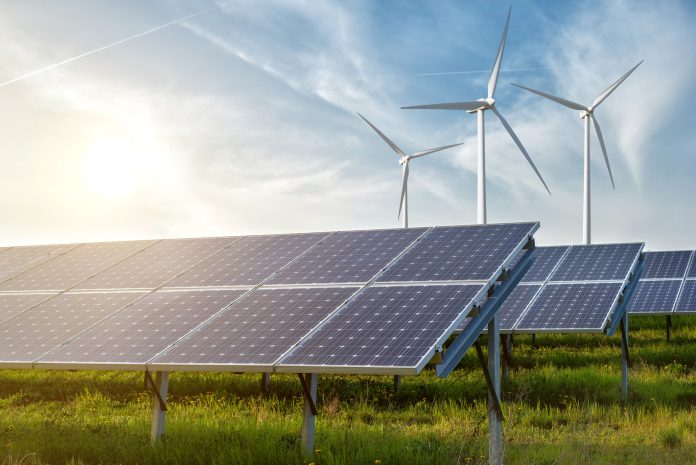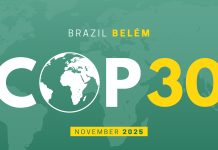The European Union has launched a new strategy that will strengthen its leadership in the global clean energy transition while boosting industrial competitiveness and international partnerships
Building on the Clean Industrial Deal introduced earlier this year, the new international strategy outlines how the EU plans to create a fair, sustainable, and secure energy future both within its borders and around the world.
Clean industry
The new EU global climate and energy vision places clean technology and resilient energy systems at the core of Europe’s international engagement. As the world undergoes a rapid clean industrial revolution, the EU intends to become the leading supplier of clean technologies and adaptation solutions to countries across the globe.
With nearly half of its electricity already generated from renewable sources in 2024, the EU has made significant progress in reducing its dependence on fossil fuel imports. Clean energy investments in the bloc have more than doubled since 2015, reinforcing its position as a key player in the global green economy.
The EU aims to ramp up its clean technology manufacturing capacity to capture 15% of the global market, aligning this goal with the broader objectives of the Clean Industrial Deal, which supports decarbonisation and competitiveness of European industry.
Global partnership
The EU’s strategy emphasises the need for robust and mutually beneficial international cooperation. Through a mix of bilateral and multilateral partnerships, the EU plans to expand clean value chains and promote global standards for sustainability and fair trade.
To support this, the EU will utilise initiatives such as the Global Gateway Investment Hub and the Global Europe envelope to connect European businesses with global investment opportunities. A new Clean Transition Business Council will also be established to facilitate the international expansion of EU clean tech firms and promote climate-resilient business models abroad.
Fair rules and innovation
The EU’s approach is a strong commitment to a rules-based international order and the full implementation of the Paris Agreement. Carbon pricing is highlighted as a key tool to reduce emissions, foster innovation, and ensure a just transition. The EU plans to promote carbon pricing globally through a dedicated task force and support partner countries in establishing their own systems.
The EU will continue efforts to reform global financial institutions to support climate objectives and resilient economic growth better. Security is also a growing focus, with climate change now firmly seen as a strategic issue. The EU will strengthen its response to climate-related security risks by working with international bodies such as the UN and NATO and countering disinformation about climate policies.
Kaja Kallas, High Representative for Foreign Affairs and Security Policy/Vice-President of the European Commission said; “Energy supplies are being weaponised while our climate rapidly changes. Energy is a resource and a strategic capability. Today we set out where the EU will focus our climate and energy diplomacy, from promoting European clean tech businesses, to upping our investment in projects across the globe that support a sustainable transition.”
Creating change
The EU’s new strategy hopes to inject fresh political momentum into the global clean transition. By encouraging action through international forums and the Global Stocktake process, the EU aims to keep the world on track to meet shared climate goals.
This global vision builds on the Clean Industrial Deal presented earlier in 2025, which targeted the decarbonisation of energy-intensive industries and introduced new tools such as tax incentives and a revised State Aid Framework to support clean tech innovation.
With greenhouse gas emissions already cut by 37% since 1990, the EU remains on course to reach climate neutrality by 2050. Although it contributes just 6% of global emissions, the EU continues to be the largest provider of climate finance globally, underlining its ambition to lead by example.











